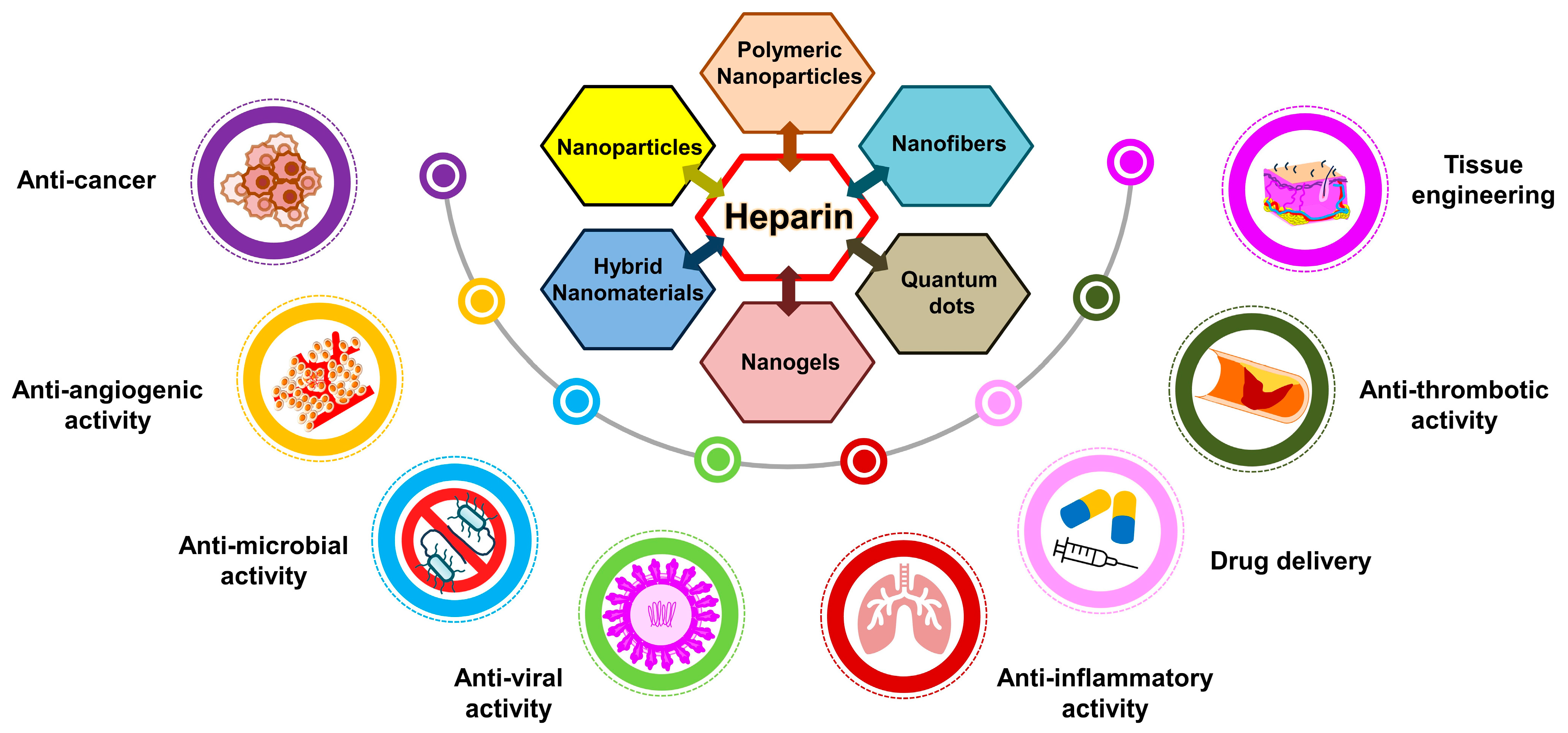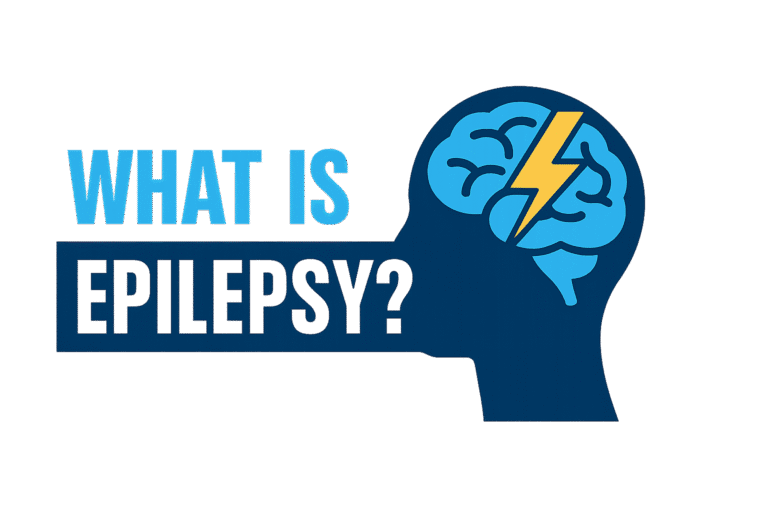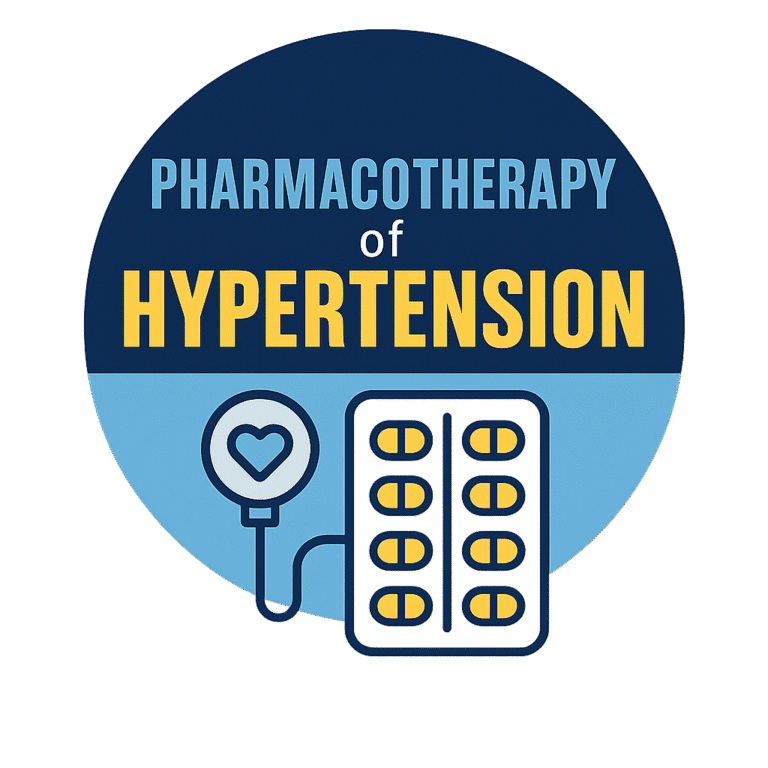What Is Heparin?
Heparin sodium is an anticoagulant agent derived from animal mucosa. It works by preventing the formation of blood clots and is widely used in hospitals for both treatment and prophylaxis.
Medical Uses of Heparin

Heparin is used in several clinical conditions, including:
Venous thromboembolism (VTE): Treatment of pulmonary embolism (PE) and deep vein thrombosis (DVT).
Acute coronary syndromes: Such as unstable angina and NSTEMI, especially when renal function limits the use of other anticoagulants like LMWHs.
Surgical and medical prophylaxis: Preventing blood clot formation during high-risk procedures.
Hemodialysis: Preventing clot formation in extracorporeal circulation.
IV line patency: Maintaining patency of central intravenous catheters.
Heparin calcium: Also used for prophylaxis and treatment of VTE in similar doses to heparin sodium.
precautions When Using Heparin
❌ Do not use in patients with active hemorrhage.
⚠️ Use extreme caution in patients at high risk of bleeding, such as those with:
Bleeding disorders
Thrombocytopenia
Peptic ulcer disease
Severe hypertension
Recent surgery or trauma
Regular monitoring of clotting parameters (such as aPTT) is essential to ensure safe and effective therapy.
Conclusion
Heparin remains a cornerstone anticoagulant drug, widely used for the treatment and prevention of blood clots. While highly effective, it requires careful monitoring and precautionary measures to avoid complications such as bleeding.
FAQ: HeparinAnticoagulant Therapy
1. What is the difference between Heparin and Low-Molecular-Weight Heparin (LMWH)?
Heparin (unfractionated heparin, UFH) has a shorter half-life and requires continuous IV infusion with close monitoring (aPTT). LMWH, such as enoxaparin, has a longer duration of action, predictable dosing, and does not usually require routine monitoring.
2. Can Heparin be given orally?
No. Heparin is not absorbed orally because of its large molecular size and negative charge. It is administered by intravenous (IV) infusion or subcutaneous (SC) injection.
3. What conditions is Heparin used to treat?
Heparin is commonly used for:
Venous thromboembolism (VTE): pulmonary embolism (PE), deep vein thrombosis (DVT)
Acute coronary syndromes: unstable angina, NSTEMI
Hemodialysis: prevention of clotting during extracorporeal circulation
Surgical prophylaxis: preventing thrombosis after surgery
4. What are the risks of Heparin therapy?
The main risks of heparin are bleeding, heparin-induced thrombocytopenia (HIT), and osteoporosis with long-term use. Careful monitoring helps reduce complications.
5. How is Heparin monitored in patients?
Unfractionated heparin therapy is monitored by activated partial thromboplastin time (aPTT) or anti-Xa assay to ensure safe anticoagulation.





